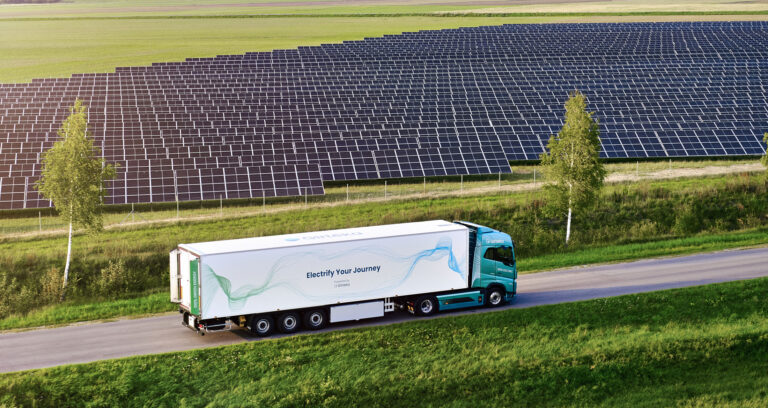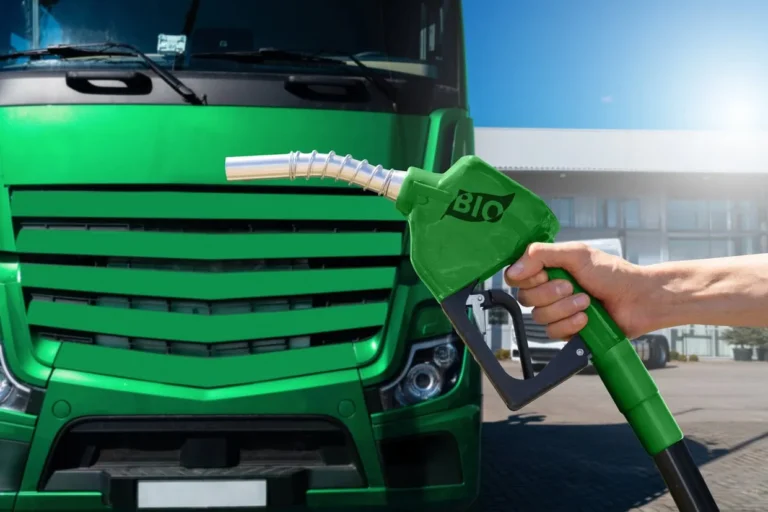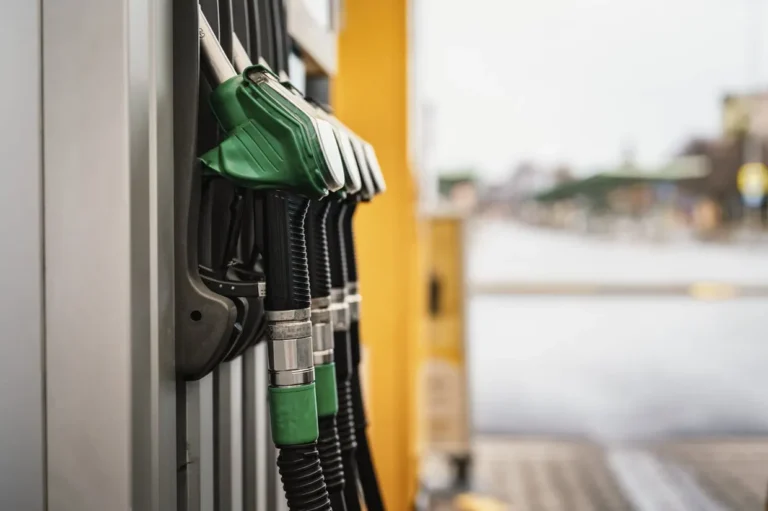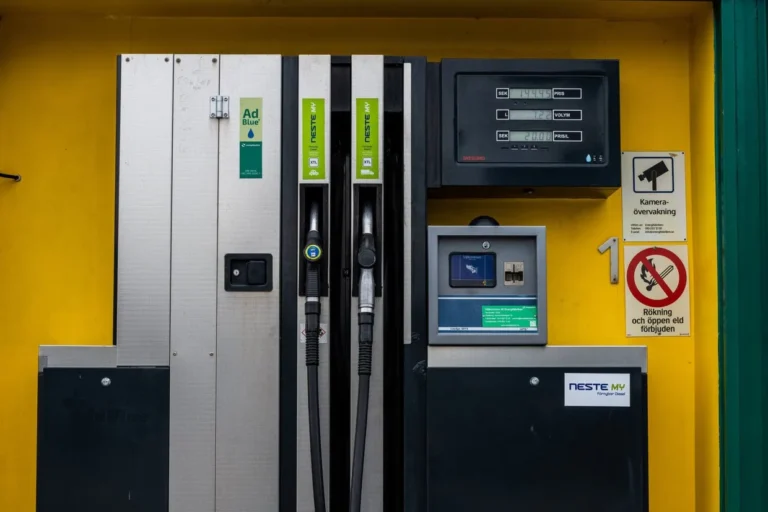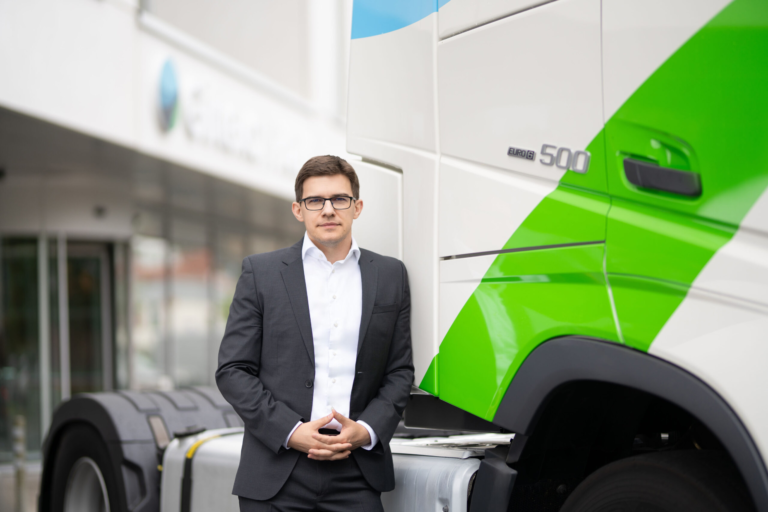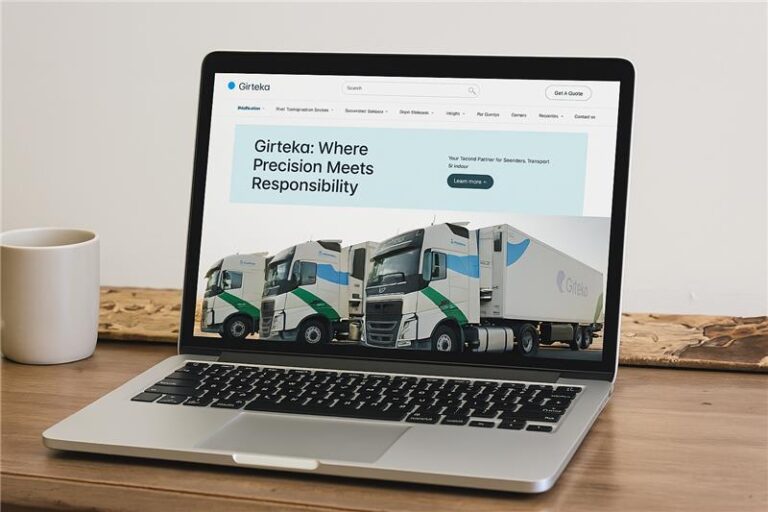Much like the world itself, road freight transportation has continued to evolve over the years. Whether that would be the newest trucks, trailers, the incorporation of intermodal ferry and rail transport, or being able to provide less-than-truckload (LTL) solutions, logistics companies have to continue to seek solutions that would satisfy their customers in order to stay competitive within the industry.
That is especially crucial since the industry is very fragmented, with road freight transportation companies ranging from having a single truck to thousands of them like Girteka. Differentiating yourself with exceptional service, digital solutions that ensure the efficiency of supply chains have become ever-important, even if pricing still plays an important note in the eyes of shippers.
Still, the COVID-19 pandemic highlighted that such digital solutions as real-time visibility (RTV) or continuous communication regarding a shipment provide much-needed stability and ease of mind for companies looking to ensure that their supply chains stay intact even when faced with an ever-changing situation.
At the same time, the pandemic provided a chance to reset the thinking of both shippers and carriers and for some not only question but only accelerate the transformation into becoming a digital trucking company.
“2020 was also the year for Girteka to elevate and accelerate the pace of digitalization. We see it as the way forward to fuel continuous, sustainable, and organic growth in our industry,” Edvardas Liachovičius, the current Board Member of Girteka Group, said in his letter in Girteka’s annual report.
However, what about the industry as a whole?
Sustainability Leading the Way
The road freight transportation industry has come a long way in digitalizing its processes, perhaps the tachograph being a perfect example of that change. While the analog tachograph has been slowly phased out with the European Union (EU) banning manufacturers from fitting it on newly manufactured vehicles since May 1, 2006, replacing it with a digitalized tachograph, it is just a drop in the ocean in terms of the technologies that are now finding their ways in the industry.
That is not to say that a digital tachograph has not unlocked new doors for logistics companies, as they have made the planning of journeys much easier by feeding data into Artificial Intelligence (AI)-powered planners, for example, but digitalization is a complex topic to explore within the industry.
PwC, one of the Big Four accounting firms that also provide consultancy services, looked at the future of road freight transportation with the Transportation & Logistics 2030 (T&L 2030) series. In its first publication in 2009, PwC asked the question of how supply chains will evolve in a world where energy resources are limited and the pressure will be on to reduce emissions.
“Oil price volatility is a significant risk for the sector, but soaring oil prices are unlikely to be the primary driver for fundamental change,” read PwC’s report, adding that even without a likely energy turnaround by 2030, there will be “notable growth in renewables”.
Consumers, namely shippers, will also dictate supply chains’ transition into becoming much more environmentally friendly, namely that “some of the push towards ensuring sustainable supply chains is likely to come directly from the end-user”. Sustainability here becomes an umbrella term for many things, including the way goods are produced, sourced, and transported. Some of those factors are out of the control of road freight transportation companies, yet naturally, the transportation part remains an integral part of a supply chain.
Still, PwC highlighted that “technological advances will also underpin some developments in the supply chain”.
“In particular, supply chains will continue to become more efficient through the development of continuous real-time control of the flow of goods,” the paper continued. “Real-time control systems enable logistics service providers and their customers to monitor and control many business processes through Internet interfaces”.
Digitalization Helps Other Parts of the Logistics Business
But RTV is not the only way that supply chains or road freight transportation will become more efficient. Planning journeys with AI can help ensure that shippers’ goods continue moving in the most efficient manner, as AI tools can process vast amounts of data and produce the best route plan that takes into account road closures, a driver’s remaining weekly working hours, and other factors.
One of the examples is Girteka‘s AI solution, that helped the company move on from manually calculating the time of delivery. “All the rules and settings that we have accumulated over the years managing our fleet are in the “brains” of the tool,” Viktorija Butkienė, Head of Planning at Girteka Europe West, explained, noting that the Fleet Planner eliminated the need to “sit, think, plan, check, verify, and again check manually,” as the tool utilizes data-driven evaluation to propose truck-to-shipment assignments for all queued shipments, while a human manager can dedicate their attention to detecting exceptional scenarios and averting mistakes.
And while PwC’s analysis seemingly split technological advancements within the supply chain with environmental benefits, these can go hand in hand. For example, another AI-powered tool can plan journeys to take into account the need to reduce emissions by avoiding congested roads, which ensures that fuel efficiency remains high while goods are being transported.
Managing one’s fleet can also be aided by AI-powered solutions, such as the TRAVIS tool. Developed by a company of the same name, the software solution focuses on the ‘hidden’ part of managing a large truck fleet, such as finding the nearest truck wash to ensure trucks are clean, which could help avoid potential contamination of goods, in accordance to one of the Good Distribution Practice (GDP) compliance requirements.
But TRAVIS goes a step further and does help truck drivers find the nearest safe parking places in Europe, where infrastructure is still lacking to have enough capacity for drivers to park safely within the most important transport corridors within the EU. Looking for parking spaces at the end of a shift for a driver can cause much-unneeded stress, as well as empty kilometers, which now, with the help of AI-based tools, can be avoided easily.
Furthermore, TRAVIS helps companies deal with ad-hoc repair situations when trucks need to be repaired on the road and quickly in order to avoid delivery delays or missing out on contractual loads. Replacing the search for a workshop with an automated tool, where payments are also processed, saves on human resources at the office as well, ensuring that managers can focus on the important tasks at hand.
An Even More Digital Future
And looking into the future, even lawmakers are recognizing that road freight transportation will become even more digitalized. The European Commission’s (EC) long-term budget for the period between 2021 and 2027, a continuation of Horizon 2020, is focusing on the deployment of digital technologies.
“Digital technologies have the potential to revolutionise the way we move, making our mobility smarter, more efficient, and also greener,” Adina Vălean, the Commissioner for Transport at EC, said.
The budget focuses on many aspects of a future where transport, whether it would be personal or commercial, would become digitalized. Notably, the EC wants Europe to become “a world leader in Connected and Automated Mobility (CAM) systems and services”, meaning that the Commission has dedicated a part of the budget to cooperative intelligent transport systems (C-ITS). In short, the EC explained that C-ITS “allow the exchange of information among vehicles, and between vehicles and the road infrastructure, are crucial for the deployment of CAM”.
This does have an impact on road freight transportation. The better these technologies are developed, the easier the integration of them will be into supply chains, allowing drivers to work less while they are on the road. In addition, self-driving trucks would alleviate one of the most pressing problems that carriers are facing today: the acute driver shortage.
Nevertheless, the EC also understands that AI “has countless applications for transport: automated vehicles, optimised charging and battery use for electric vehicles, improved itineraries for passengers and transport of goods, support for the planning or transport infrastructure and services, and the deployment of charging stations”.
As such, “several research and innovation projects applying AI in the field of transport have been and will be supported by EU funding”.
This in turn means that with the EU’s support, road freight transportation will find it easier to transition to new technologies. While that adoption could be slow, especially knowing how fragmented the market is within the bloc, the big players will undoubtedly benefit from the transition, especially those who adapt to the latest bells and whistles the soonest.

